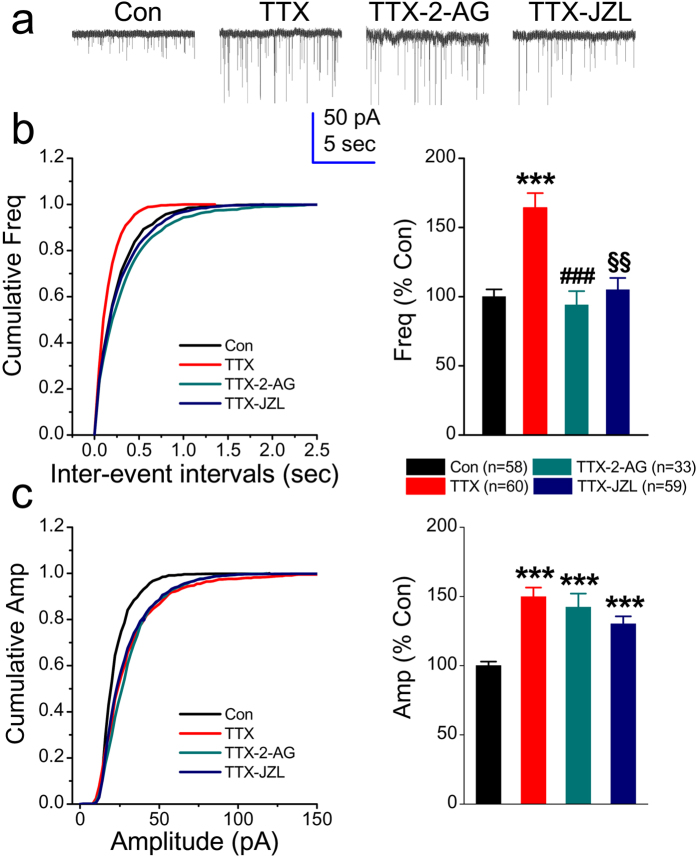Figure 1. Increase in the frequency of mEPSCs by chronic treatment with TTX in cultured hippocampal neurons is blunted by the exogenous and endogenous endocannabinoid 2-arachidonylglycerol (2-AG).
(a) Representative recording traces of mEPSCs under various treatments. The whole-cell patch clamp recordings were made in cultured mouse hippocampal neurons that were treated with TTX (1 μM) and JZL184 (2 μM) for two days or 2-AG (3 μM) once a day for two days. Endogenous metabolism of 2-AG was inhibited by JZL184, a highly selective and potent inhibitor of monoacylglycerol lipase (MAGL) that hydrolyzes 2-AG. All the values of recordings from the cultures with different treatments are normalized to that from the control recorded in the same day. (b) Cumulative probability of mEPSC frequency recorded in neurons with different treatments (left) and mean percentage of changes in the frequency of mEPSCs in neurons with different treatments (right). (c) Cumulative probability of mEPSC amplitude recorded in neurons with different treatments (left) and mean percentage of changes in the amplitude of mEPSCs in neurons with different treatments (right). Data are mean ± SEM. The number in the parentheses represents number of neurons recorded from 2 to 6 different batches of cultures. ***p < 0.001, compared with the control; ###p < 0.01, §§p < 0.01, compared with TTX (the Dunn’s post hoc test following the Kruskal-Wallis test).

